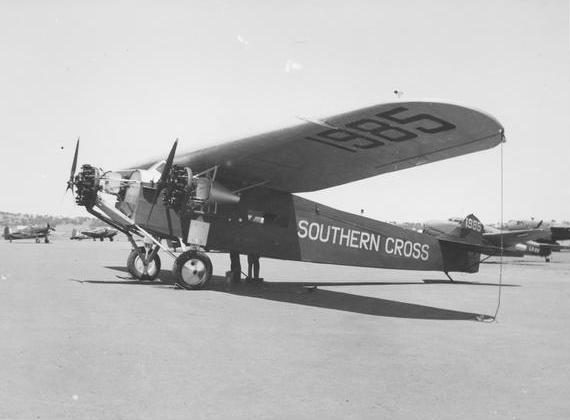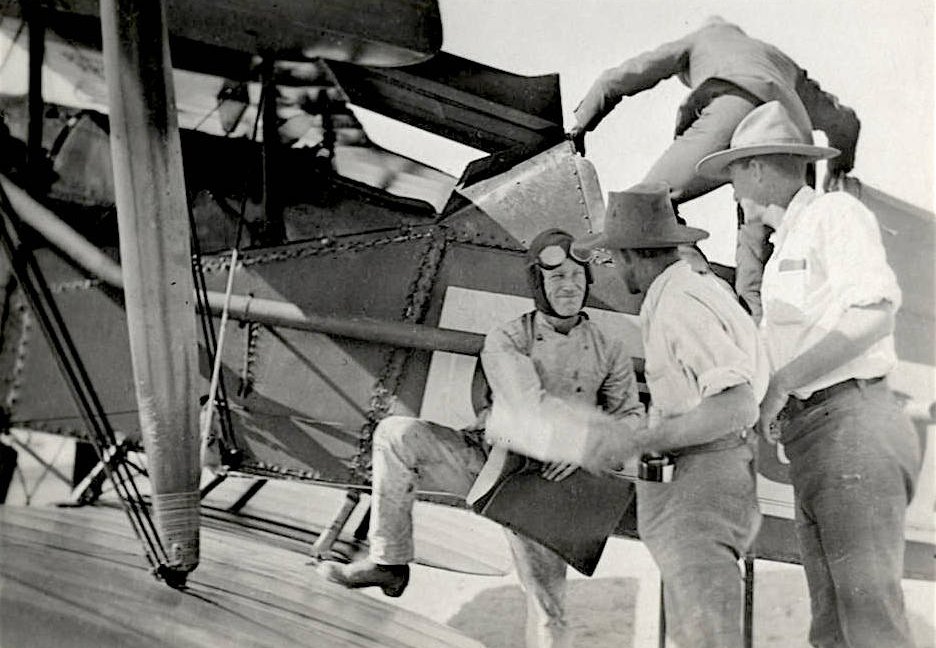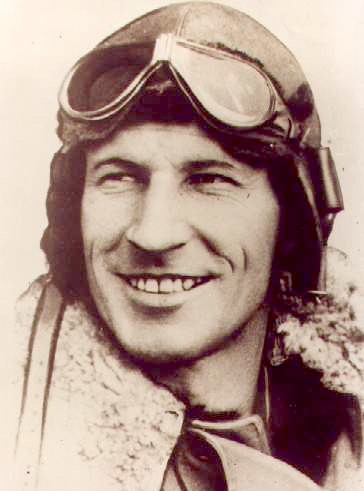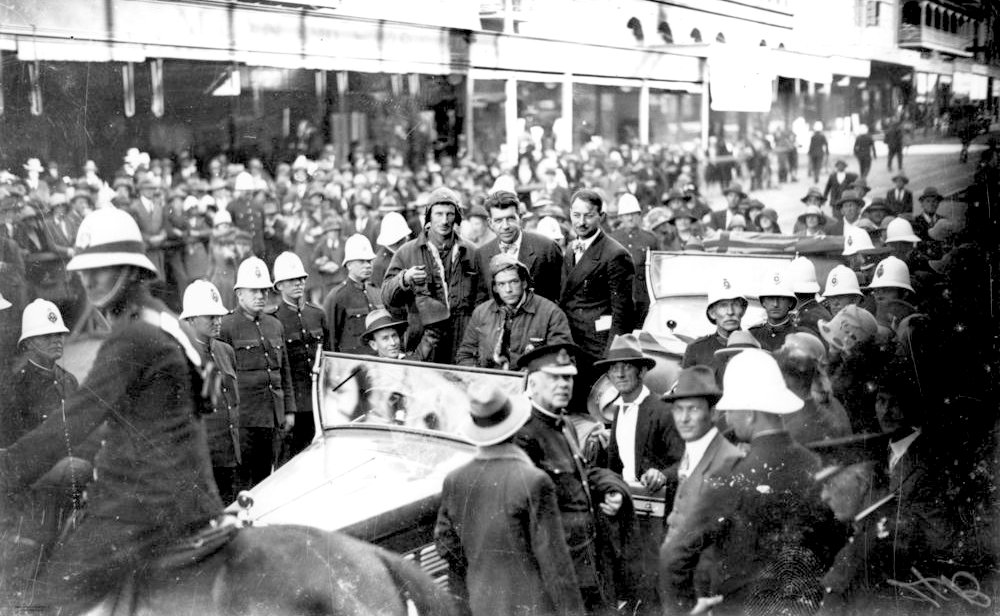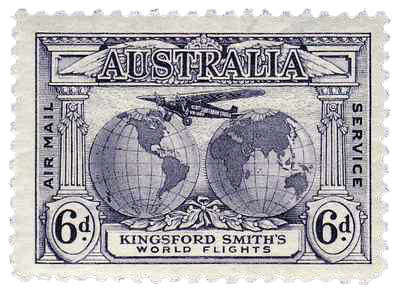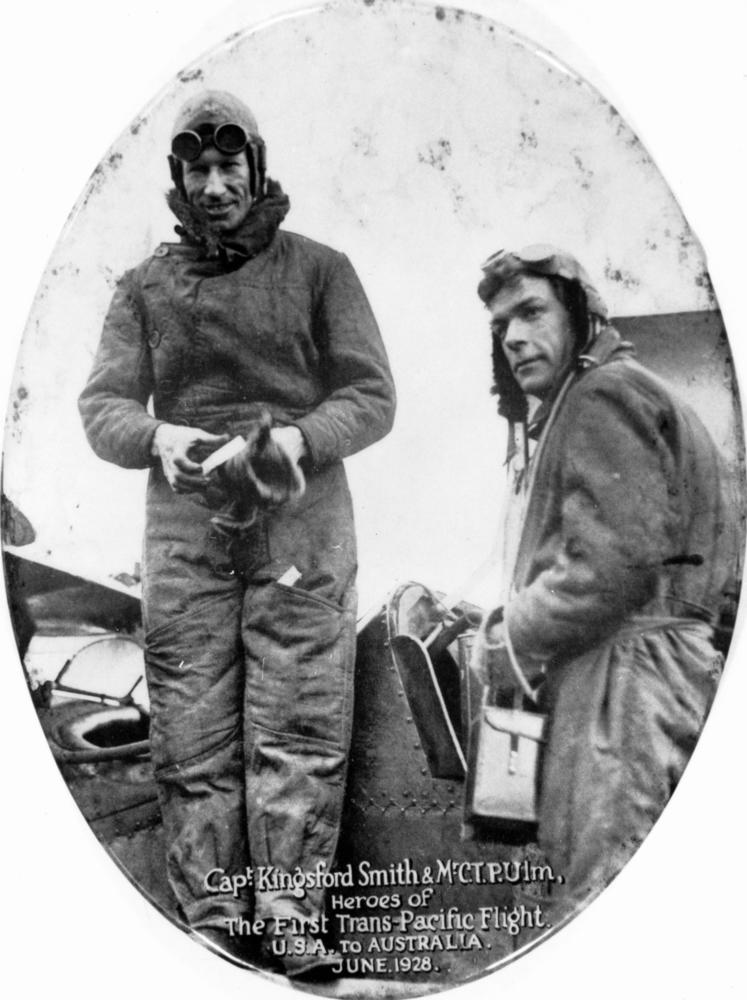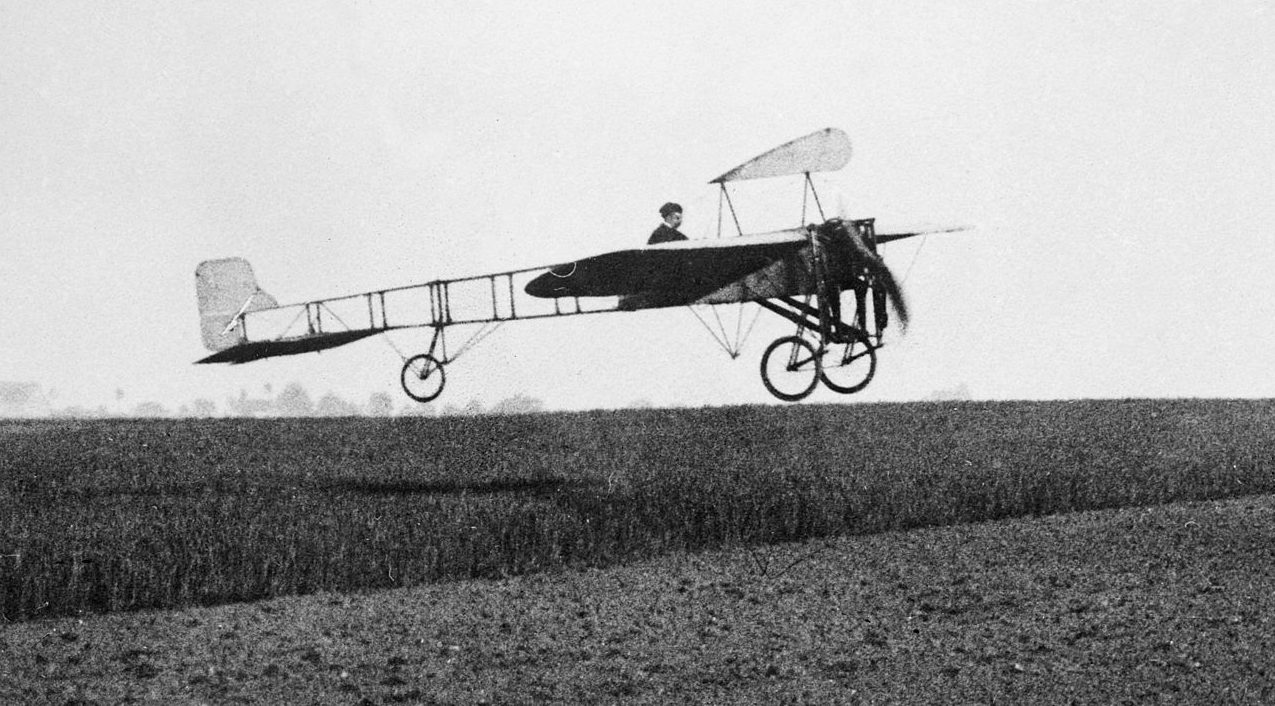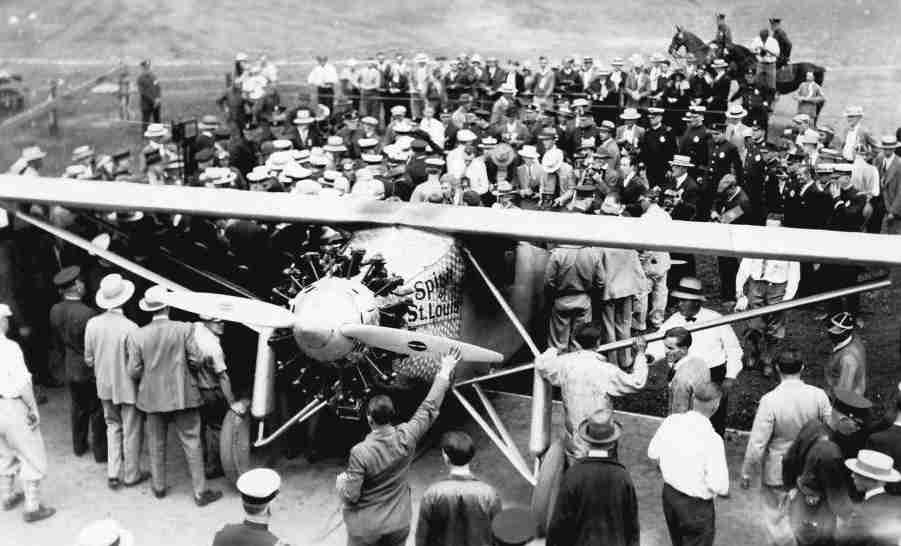|
CHARLES KINGSFORD SMITH
AUTOMOTIVE A TO Z CLIMATE CHANGE FUEL CELLS HYDROGEN LANDING PAGE SPEEDACES A- Z UTILITIES
The
Southern Cross, Trans-Pacific plane In 1930, Australian Charles
Edward Kingsford Smith with a team of three others completed the first circumnavigation of the world by flight traversing both hemispheres, including the first trans-Pacific flight, from the US to Australia, in 1928. Charles,
known as 'Smithy' was born on 9 February 1897 at Riverview Terrace, Hamilton in Brisbane, Queensland, Australia, the son of William Charles Smith and his wife Catherine Mary (née Kingsford, daughter of Richard Ash Kingsford, a Member of the Queensland Legislative Assembly and mayor in both Brisbane and Cairns municipal councils). His birth was officially registered and announced in the newspapers under the surname Smith, which his family used at that time. The earliest use of the surname Kingsford Smith appears to be by his older brother Richard Harold Kingsford Smith, who used the name at least informally from 1901, although he married in New South Wales under the surname Smith in 1903. EARLY FLYING EXPERIENCE WWI THE
TRANS PACIFIC 1928 Hot on the heels of Lindbergh's trans Atlantic success, in 1928, Kingsford Smith and Charles Ulm arrived in the United States and began to search for an aircraft. Famed Australian polar explorer Sir Hubert Wilkins sold them a Fokker F.VII/3m monoplane, which they named the Southern Cross. 1.
The first, from Oakland to Wheeler Army Airfield, Hawaii, was 3,870 kilometres (2,400 mi), taking an uneventful 27 hours 25 minutes (87.54 mph). 2.
They took off from Barking Sands on Mana, Kauai, since the runway at Wheeler was not long enough. They headed for Suva, Fiji, 5,077 kilometres (3,155 mi) away, taking 34 hours 30 minutes (91.45 mph). This was the most demanding portion of the journey, as they flew through a massive lightning storm near the equator. 3.
The third leg was the shortest, 2,709 kilometres (1,683 mi) in 20 hours (84.15 mph), and crossed the Australian coastline near Ballina before turning north to fly 170 kilometres (110 mi) to Brisbane, where they landed at 10.50 a.m. on 9 June. The total flight distance was approximately 11,566 kilometres (7,187 mi). Kingsford Smith was met by a huge crowd of 26,000 at Eagle Farm Airport, and was welcomed as a hero. Australian aviator Charles Ulm was the relief pilot. The other crewmen were Americans, they were James Warner, the radio operator, and Captain Harry Lyon, the navigator and engineer. WORLD
CIRCUMNAVIGATION CROSSING THE EQUATOR The first aerial circumnavigation of the world that involved the crossing of the equator twice was made using a single aircraft, the Southern Cross, a Fokker F.VIIb/3m trimotor monoplane crewed by Charles Kingsford Smith (lead pilot), Charles Ulm (relief pilot), James Warner (radio operator), and Harry Lyon (navigator and engineer). A
BIT OF HISTORY After
the Wright
Brothers conquest of the air at Kitty
Hawk in 1903, the next major air conquest was from Calais to Dover across the English
Channel. The successful pilot was Louis Bleriot
on the 25th of July 1909. The
next big Pond was the Atlantic
Ocean conquered by Charles
Lindbergh in 1927. Then in 1928 Sir
Charles Kingsford Smith crossed the Pacific
Ocean from Mana to Brisbane, also completing a World Circumnavigation
in 1930. The ladies got a look in with the exceptional achievement of Amy
Johnson in 1930 she managed Croydon, London to Brisbane, Australia solo. GOING
ELECTRIC 2015 Then
came Hughes
Duwal on the 9th of July 2015, in his electrically propelled Colomban E-Cristaline,
pipping Airbus to the post with their E-Fan on the 10th of July 2015. LINKS
& REFERENCE http://www.elizabethqueenseaswann.com/TransAtlantic_Solar_Powered_Autonomous_Records_Attempt.html http://www.solarnavigator.net/aviation_and_space_travel/charles_lindbergh.htm http://elizabethqueenseaswann.com/Events_Records_Attempts_Solar_Powered/Cross_Channel
Charles Lindbergh lands near Paris, to a heroes welcome from the gathered crowd.
Copyright
© website 2020, all rights reserved, save for educational and media
review purposes. You do not need permission to use our information if it
is to help promote a low carbon economy. This is a low carbon website that
loads quickly and is as kept simple as possible while still providing
useful information. Cleaner
Ocean Foundation Ltd and Climate
Change Trust.
|
